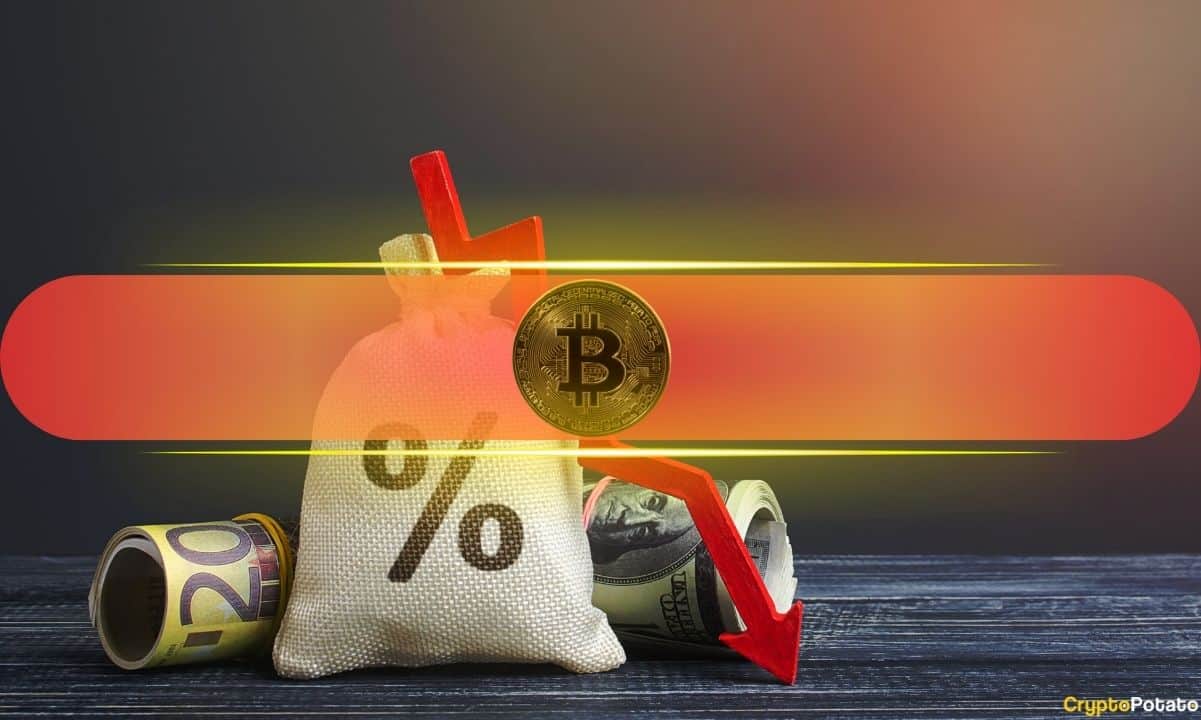“The wolf of all the streets” questioned the relevance of XRP, as large companies such as SWIFT and Western Union favor other payment methods.
A simple question from a well-known crypto commentator has sparked a heated debate online about the fundamental purpose of the XRP token.
Scott Melker, who calls himself “The Wolf of Every Street” on X, took to the social platform to ask about the current use case for XRP, distinguishing it from its sister company, Ripple.
The question generated hundreds of responses, revealing a deep divide between the technical promise of the token and its real-world adoption.
The core of the disagreement
Melker’s initial post, which he made sure to note was not an attempt to troll, disputed XRP’s role in a world where major financial companies like Western Union and SWIFT are choosing other blockchains for payments. “Stablecoins have clearly taken over payments,” he noted, asking what specific utility XRP now has.
The reaction from parts of the XRP community was swift and at times defensive. Some accused the podcast host of ignorance, while others suggested he was not conducting proper research.
This prompted a sharp observation from Melker:
“If you get legitimately excited when someone asks you a question about your favorite asset, you may be too emotionally attached.”
However, some offered more detailed explanations, describing XRP as the cornerstone asset of the XRP Ledger (XRPL). One of the cryptocurrency advocates, ‘Mickle’, argument that its value is intrinsic to the functioning of the network, calling it a “neutral bridge currency” to settle payments between different financial systems, such as central bank digital currencies (CBDCs) and banks.
You may also be interested in:
Another user added that while stablecoins represent value, “XRP represents mobility,” acting as an impartial intermediary that is not dependent on a specific issuer like a bank.
However, Melker repeatedly pressed for evidence that this technology is widely used today. “Is anyone using it right now? Or is it theoretical?” asked. And when challenged to do his own research, the author of “The Wolf Den Newsletter” responded: “No one can answer what’s happening. Everyone just tells me what will happen.”
A technical explanation and an honest admission
In the midst of the noise, an explanation from the co-founder of Onami Press, Santiago Vélez, convener of the “Crypto Town Hall” stood out for Melker. vocation It was “by far the best response” he had received.
Velez pointed out that one of the main functions of XRP is to have value for spam prevention on the XRP Ledger. He also detailed the “ripple” process, a method of exchanging currencies where XRP acts as a single, independent bridge.
Because the token is not a promissory note like a stablecoin, it carries market volatility risk, but not the counterparty risk of an asset issued by a company like Circle or Tether. This neutrality, Vélez argued, is crucial for moving value between systems that cannot directly trust each other.
After considering this, Melker acknowledged the “sleek” design of the XRP Ledger, but expressed doubts about its connection to the token’s long-term value. “The bridge clearly works; I’m just not sure the tollbooth will ever charge,” he concluded, questioning whether the technology translates into sustained demand for XRP itself.
In another revealing moment, Mickle granted a common investment motive, stating, “I mean, this is fair. But at the end of the day, I’m here to make money.”
This community sentiment coincides with the optimistic price predictions circulating in the market. Some analysts believe that XRP could still rise above $5 in the current market cycle, based on historical patterns, despite recent price drops and some warning signs. And for many of its holders, the belief in this future price appreciation appears to be as powerful as any current utility.
SECRET PARTNERSHIP BONUS for CryptoPotato readers: Use this link to sign up and unlock $1,500 in exclusive BingX Exchange rewards (limited time offer).



